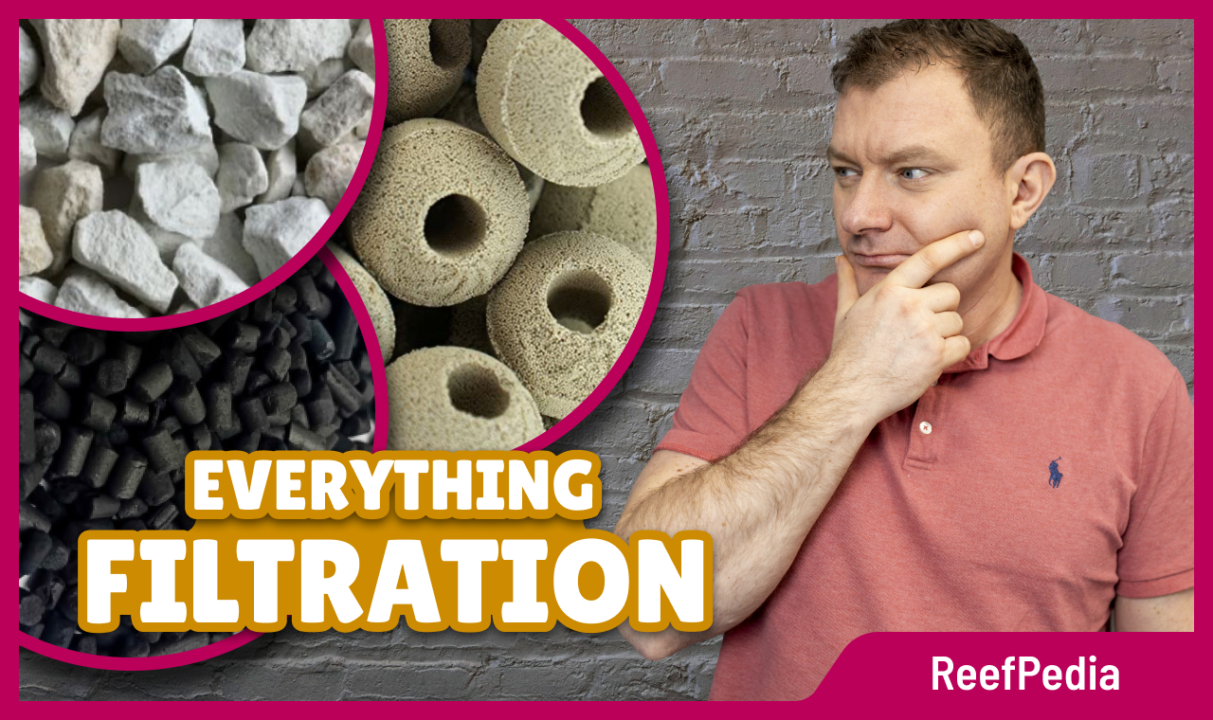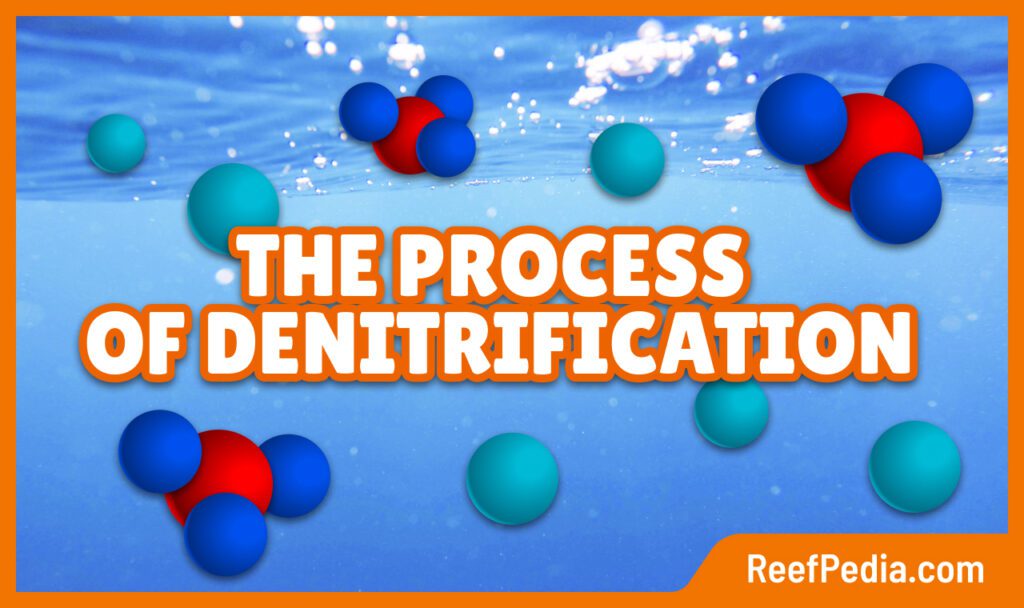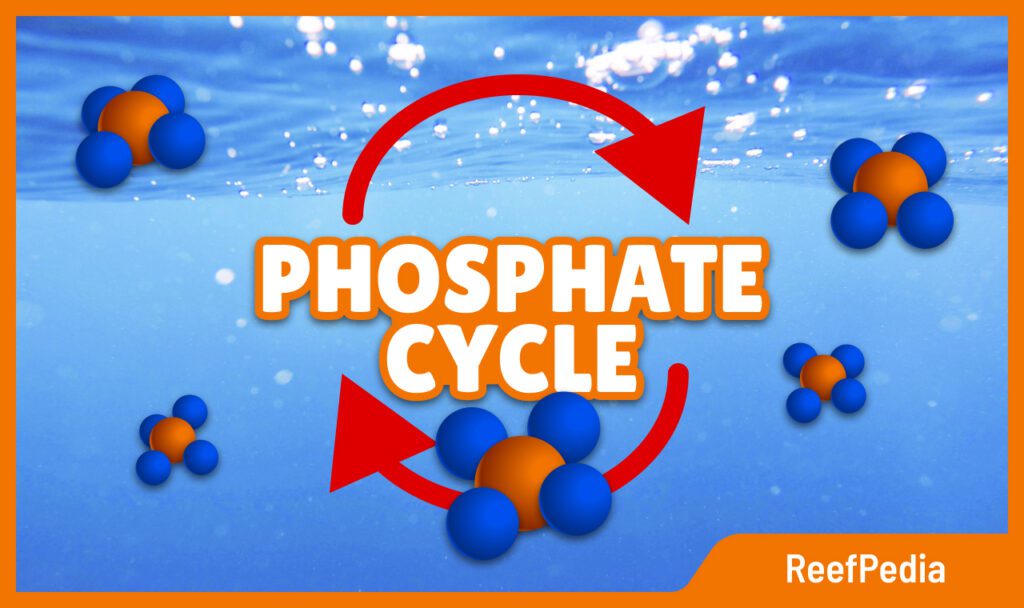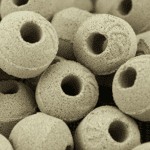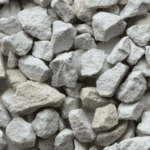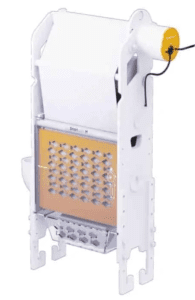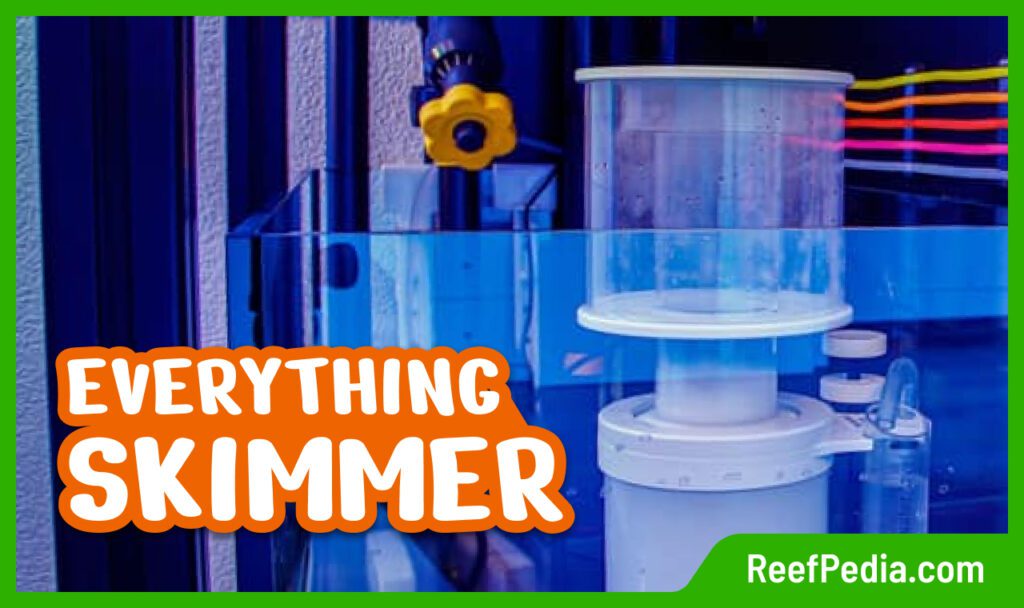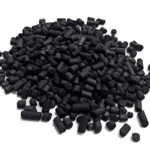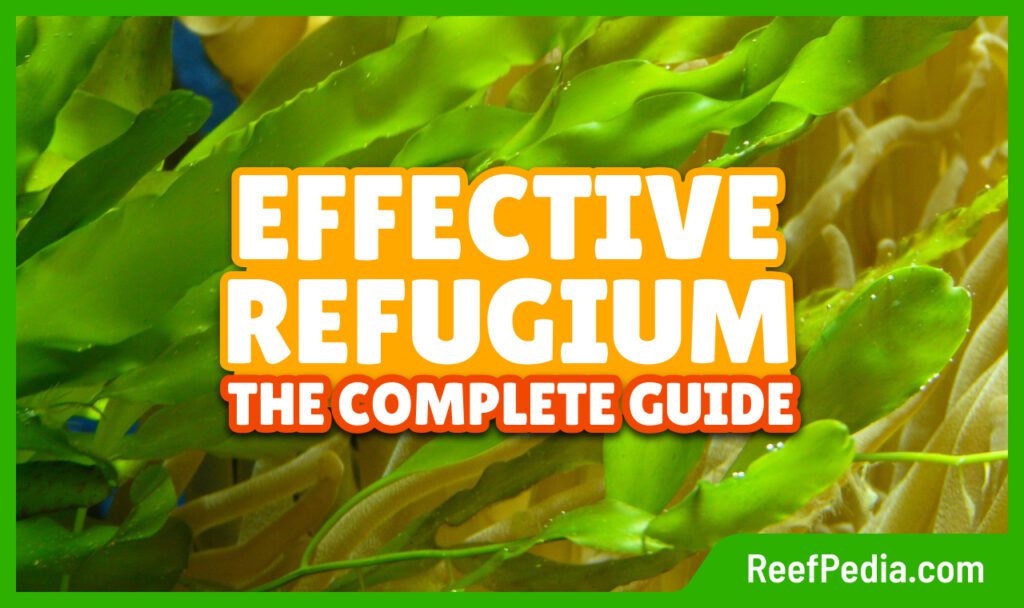Table of Contents
Before making a decision and planning filtration methods for your marine aquarium, it’s worth taking a moment to read this article. You’ll find valuable information that will help you understand filtration processes and present the most popular methods used in saltwater aquariums. Understanding these matters will significantly assist you in choosing the most suitable option.
Before we dive into the details of various filtration methods in a marine aquarium, it’s essential first to understand the processes that influence filtration itself. Understanding these mechanisms is crucial to grasp how different filtration systems work.
Biological filtration processes in the aquarium:
Nitrification
In a simplified explanation, nitrification is a process where nitrifying bacteria convert ammonia into nitrites and then into nitrates, thanks to the natural activity of these microorganisms.
You can find more information about nitrification in article.
Denitrification
NO3 (Nitrate) → NO2 (Nitrite) → NO (Nitric Oxide) → N2O (Nitrous Oxide) → N2 (Nitrogen Gas)
Denitrification is an anaerobic process in which bacteria convert nitrates to nitrogen.
You can find more about denitrification here:
Denitrification is a very important process in the nitrogen cycle in nature. Get to know him better in this article
Removing phosphorus from water
Phosphorus (in the form of phosphates) is primarily removed from the tank through consumption, which occurs through active enzymatic transport. This substance provides food for microorganisms, bacteria, and algae, becoming part of their cells as organic compounds.
PO4 → Bacteria → Corals
You can find more about the phosphorus cycle in water here:
Read about the phosphate cycle. Maintaining the appropriate level of phosphates in an aquarium is quite a challenge.
Colonization zones for nitrifying bacteria
Nitrifying bacteria need adequate space to colonize and reproduce. The more available places for these microorganisms, the more efficient the processes of nitrification and denitrification become.
Rocks and various filtration media are ideal for bacterial colonization. Numerous types of substrates for bacterial filtration are available on the market, including porous disks, balls, blocks, stones, and more.
List of filter media:
Live rock
Live rock not only looks impressive in a marine aquarium but also serves as an excellent filter. It provides a foundation for the colonization of nitrifying bacteria and offers numerous crevices and channels, which are ideal places for denitrifying bacteria. Usually, live rock comes with bacteria already present on its surface. Why is it considered a unique filter? The key is the presence of microorganisms that inhabit the rocks and naturally contribute to water purification.
Types of live rock:
- Indonesian
- Fiji
- Australia
- Pukani
- Other
What characterizes a good rock as a natural filter in an aquarium?
- has a porous surface
- it is covered with sponges and calcareous algae
- it should be rough to the touch
- it should be relatively light
Currently, it is difficult to buy live rock, but you can still try it in marine aquarium stores and from reliable aquarists.
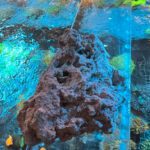
Natural dry rock
Dry natural rock is actually live rock that has been dried and thus deprived of the life it once hosted. The types of natural rocks are the same as those of live rocks. In the long run, dry rock will provide similar filtration benefits as live rock. Live rock accelerates the tank maturation process, making it much easier to maintain an aquarium on live rock. When choosing, it’s essential to check the rock’s porosity and weight.
Artificial rock

For ecological reasons, natural rocks have become difficult to obtain in the market, as many countries have imposed significant restrictions on issuing permits for their trade. Faced with these limitations, artificial rocks have gained popularity, and currently, there are many types available in the market. In this article, I won’t delve into the differences between them, as it’s a broad topic that will be discussed in a separate article on ReefPedia. When choosing rocks, it is recommended that they be porous and not release any substances into the water in both the short and long term. An additional benefit of these rocks is that they come in interesting shapes, and sometimes entire structures are created from them.
Porous filtration media
The marine aquarium market offers a wide selection of filtration media that can be placed in a dedicated sump chamber or special bags for filtration media. Options include products like Siporax, Maxspect balls, Brightwell blocks, and many more. Such media not only support filtration but also provide a substrate for bacteria that inhabit their porous surfaces. To maintain the effectiveness of filtration media, it is recommended to regularly rinse them in aquarium saltwater, and over time, partial replacement of such media may also be necessary every few weeks.
Zeolite
Used mainly in acropora systems when we want to significantly reduce water nutrients, zeolite captures ammonia from the water, preventing it from entering the nitrification process.
Mechanical filtration
Another filtration method is removing larger impurities from the water. Various types of filter socks, filter floss, and relatively new on the market, mechanical roller filters are used for this purpose. Roller filters, such as Roller Mat or Smart Roller from Reef Factory, offer automation in this process, allowing you to forget about the need for regular replacement for long weeks. Many manufacturers produce similar systems.
Protein skimmer
In marine aquariums, to remove proteins and many other impurities from the water, we use protein skimmers. This clever device pressurizes air bubbles into the water. Contaminants adhere to the air bubbles and are skimmed off at the top of the skimmer into a cup for waste.
You can find more about the protein skimmer in the article below:
Read what a protein skimmer is in a marine aquarium, what it is responsible for in a marine aquarium and what its role is.
Bacteria and bacterial nutrients
Using appropriate bacteria and bacterial nutrients is a very popular method of reducing NO3 and PO4 in water. There are many solutions of this kind available on the market. If you choose this type of solution, we suggest starting with smaller doses and gradually increasing them.
Absorbers
The least recommended options are absorbers, but sometimes there’s simply no other choice. In the market, you’ll find products that lower PO4 , such as AL99 Triton, Rowa Phos, or Phosphate minus. These solutions are very effective. However, two things should be kept in mind. The first is that they need to be regularly replaced, and the second is that such solutions also release something into the water.
Activated carbon
It purifies water from toxins. Recommended as a permanent filtration component in the aquarium. As a regular part of filtration, I recommend using ¼-½ of the dose. Replace the insert every 4 weeks. Use it as needed, according to the instructions on the packaging, for interventions.
Refugium
It is a natural method of removing NO3 and PO4 from water. Refugia are created in a special chamber in the sump or in an additional aquarium dedicated to the refugium. Algae in the refugium consume NO3 and PO4 for their life processes, thereby reducing their levels in the aquarium. At the same time, they help stabilize pH.
How to Set Up an Effective Refugium:
the Complete Guide
In recent years, refugiums have gained popularity and become a trend in marine aquariums. This is one of the oldest methods of filtering aquarium water. Find out why?
Summary
In the article, I presented basic filtration media and methods used in marine aquarium filtration. Biological filtration relies on both live rock and various inserts that provide places for bacterial colonization. Bacterial nutrients supporting the biological method and mechanical filtration, which removes particle impurities from the water, were also mentioned. I also discussed absorbers as a method of chemical filtration used when other methods do not yield the expected results.
About the author

Marek Protasewicz
Reefkeeping has been my passion for over 10 years now. I love learning. The hobby has taught me many valuable lessons, patience being the best example. Combining work and passion is my path. I run Crazy Coral, a marine aquarium shop, for a number of years. Building this business from the scratch I learnt from my own mistakes at a heavy cost.
Later I managed a project aimed at development of methods for quick growth of Corals in non-natural conditions. The project was carried out by Get Sales, Poland. Presently, I am responsible for distribution strategy at Reef Factory, of which I am a co-founder. The company produces smart devices for marine aquaristics. The last projects I have been involved in are Social Reef and ReefPedia.

